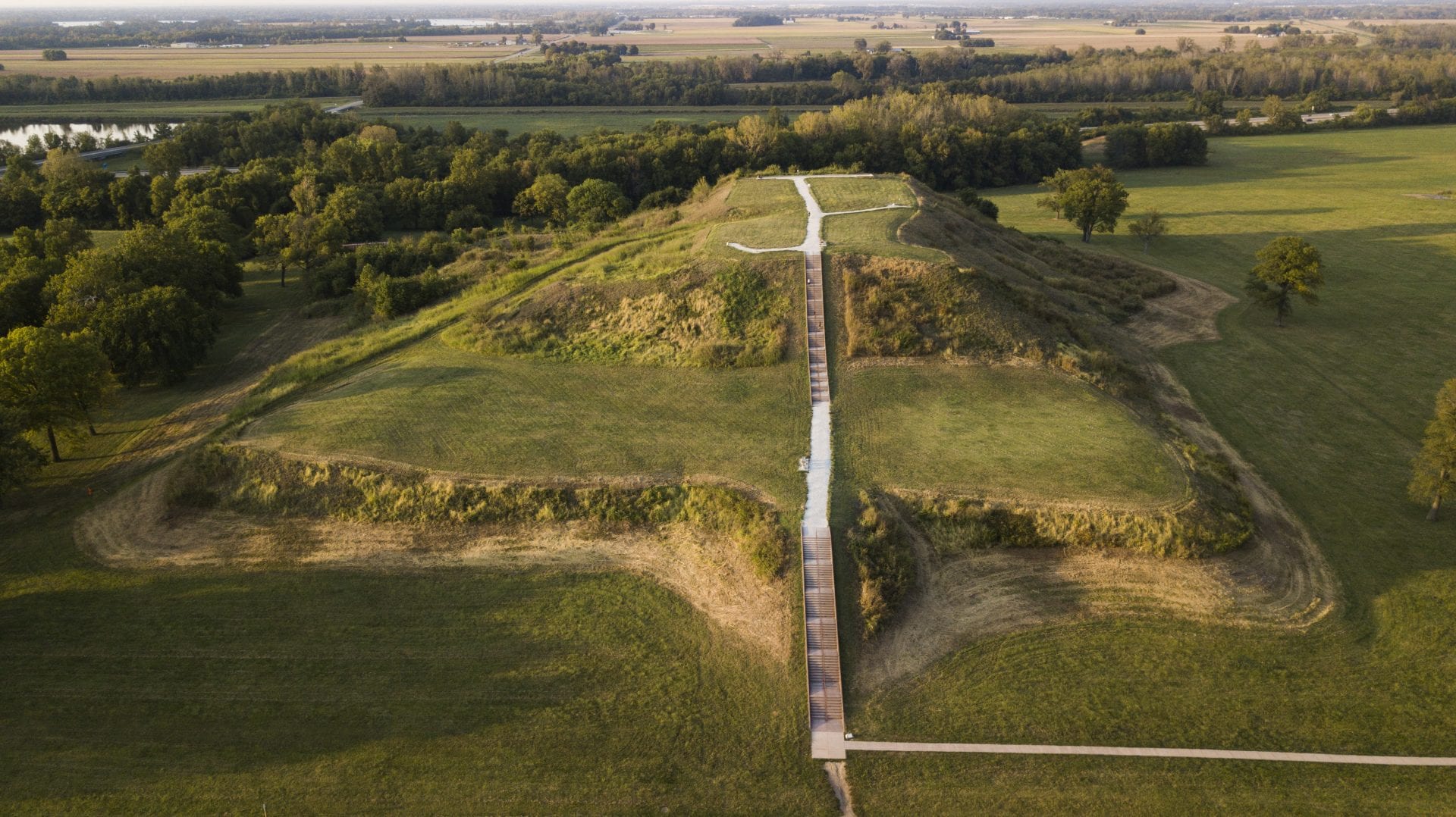Water and air are highly mutable resources that exist in a myriad of physical states and dimensions, and due to their affectivity, these entities participate in a multitude of interactions capable of sustaining life, transforming environments, and shaping human behavior.
As air and water circulate between the atmosphere and the landscape through the process of evapotranspiration, humans interact with and form relationships–or bio-cultural associations–with these substances. Facets of human life, like breathing, cooking, bathing, agriculture, and engaging with the outdoors, become intertwined with a region’s hydroclimate. Interactions with air and water, in turn, influence the ways humans construct and modify their societies.
As the climate shifts, bio-cultural associations are often altered in the process. Archaeologists analyze the impacts of climate change on human history and have frequently identified correlations between the Medieval Climate Optimum–spanning from the 9th century to the 13th century–and periods of societal change.
Taking this correlation into account, Timothy R. Pauketat, in the article “When the Rains Stopped: Evapotranspiration and Ontology at Ancient Cahokia,” published in the Journal of Anthropological Research, explores how the trajectory of the Medieval Climate Optimum (MCO) aligns with the history of Greater Cahokia–an ancient indigenous city in the Mississippi River valley. By analyzing air flow and precipitation levels during the MCO, Pauketat examines how evapotranspiration shaped life in the Mississippi valley and argues it played a critical role in determining the progression of Cahokian urbanism. In particular, Pauketat focuses on the fluctuating popularity of an institutionalized form of evapotranspiration–a sacred rite referred to as “Steam Bath Ceremonialism” (SBC).
Utilizing an ontological approach that emphasizes relationships between human and non-human entities, Pauketat elaborates on how the river basin’s weather extremes and strong storms were interpreted as spiritual transfers of power from the atmosphere to humanity. Steam Bath Ceremonialism presents another example of transferring powerful energy. In this transubstantiation ritual, liquid water was converted into steam, and those in attendance absorbed the steam and its healing energy. While circular Cahokian steam baths initially could only be found at a few sites, medicine bundle transfers enabled the spread of steam baths to smaller, rural regions.
Widespread acceptance of Steam Bath Ceremonialism was one of many changes in Greater Cahokia during a period of urbanization Pauketat has designated as the city’s “Big Bang.” Around 1050 CE, new architectural styles and elements–particularly ones associated with water or lunar cycles–were embraced as the city was planned according to a precinct grid and as older villages were replaced by mounds, plazas, cypress post arrangements, religious buildings, and borrow pits. Shrines were expanded, and causeways were constructed to establish pathways to mounds with steam baths.
While Greater Cahokia was accustomed to substantial amounts of rainfall, PDSI models reveal a hydroclimatic shift throughout the 12th century, resulting in less rainfall and progressively drier conditions. Pauketat suggests the reduction in precipitation served as a catalyst for dramatic changes, such as the migration of farmers, the construction of defensive barriers, the concealment of food supplies, and the decline of Steam Bath Ceremonialism.
UNIVERSITY OF CHICAGO PRESS JOURNALS
Image Credit : Prayitno





